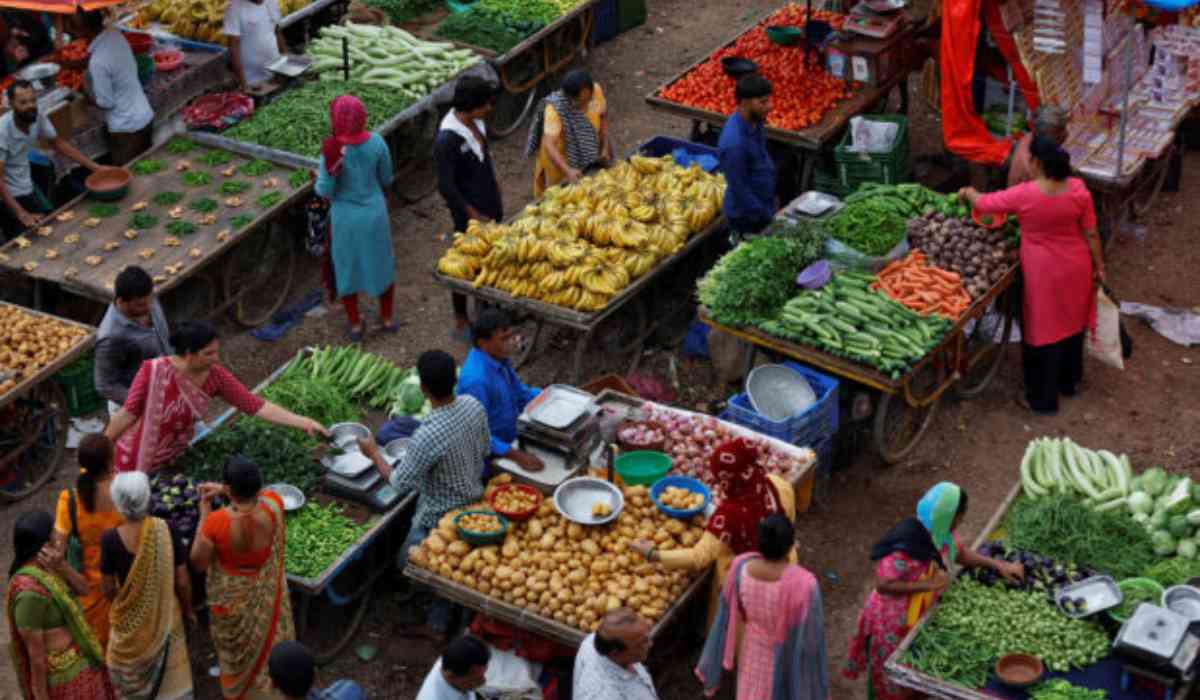Updates!!!
Inflation has returned with revenge and is hitting more than ever. Modi's latest economic shock has pushed prices to a 15-month high, making cool drinks a luxury product. Milk, curd, pulses, and rice are now 10-20 rupees more expensive, and pulses such as gram dal and urad dal are no longer available in many households. In just two months, pulse prices increased by 10-15%. Over the last decade, the cost of everything from gasoline and diesel to electricity and vegetables has risen dramatically, leaving ordinary people with empty pockets.
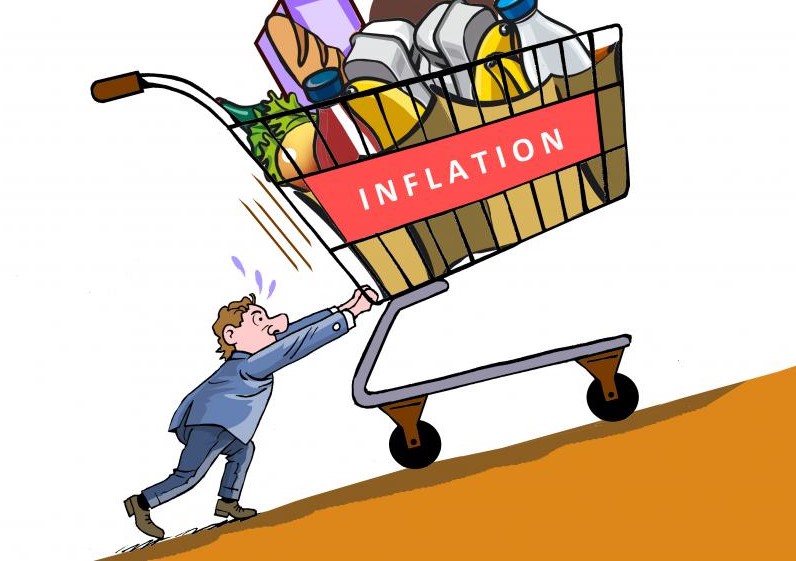
Food inflation has returned 9.82%, with pulses rising at 21.95%, vegetables 32.42%, onions 58.05%, and potatoes 64.05%. The wholesale price increase in vegetables, particularly potatoes and onions, has affected the hardest. The common guy is feeling under pressure, yet those in power seem to be continuing their business as usual.
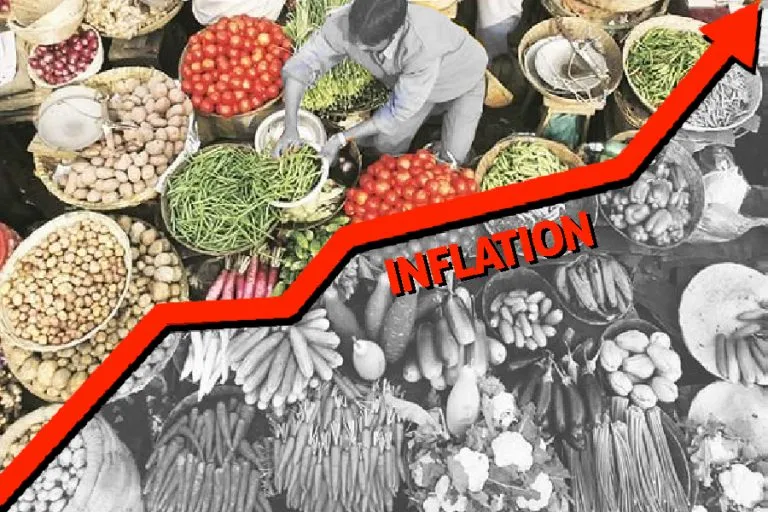
As prices rise, enterprising YouTubers are responding with innovative cooking videos. Get ready for tutorials like "How to Make Coffee Without Milk" and "Vegetable Biryani Without Vegetables" as they find new methods. The fight continues even as inflation pulls people in general. But, hey, the humor is completely ours—if we can afford to laugh!
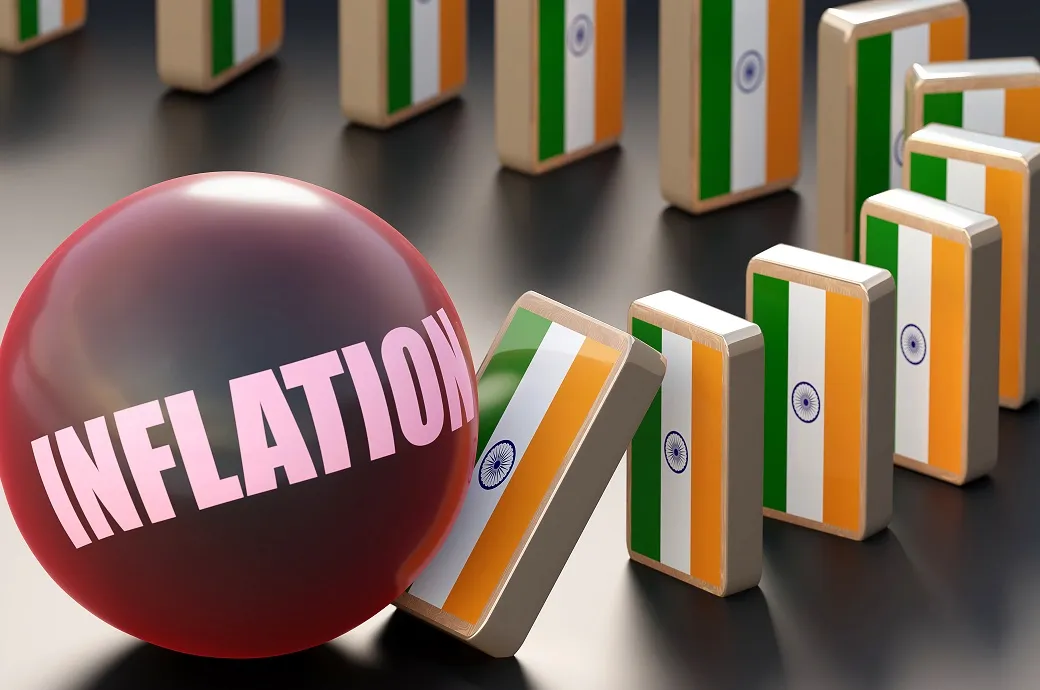
Apart from jokes, as inflation creates havoc on the common public, adapt creatively to these challenging times.
India's wholesale food prices increased by 1.88% between April and May, bringing overall Wholesale Price Index (WPI) inflation to 2.61%, the highest level in 15 months.
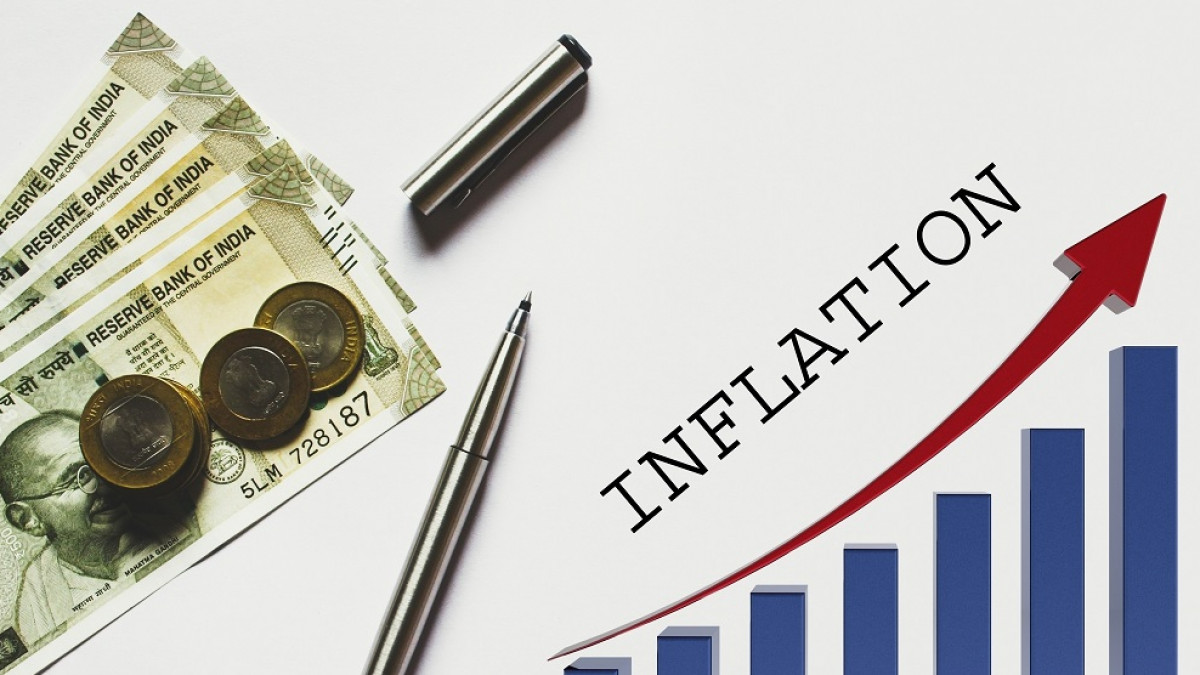
Cereals, pulses, vegetables, and fruits have all seen considerable price increases, contributing to the jump. This spike highlights supply chain problems and seasonal changes that affect consumer costs.
|
Food articles |
WPI increased by 9.82% |
|
Pulses |
WPI increased by 21.95% |
|
Vegetables |
WPI increased by 32.42% |
|
Onions |
WPI increased by 58.05% |
|
Potatoes |
WPI increased by 64.05% |
Economists argue that while moderate inflation might boost output, persistently high food costs can strain household budgets and economic stability. Looking ahead, analysts predict that food inflation will stabilize by September/October 2024, aided by predicted increases in agricultural output and logistical efficiency
The government's monthly release of WPI data indicates its continued efforts to manage economic fluctuations in the context of global and domestic concerns.
|
Month |
WPI Inflation (%) |
|
April 2024 |
1.26% |
|
May 2024 |
2.61% |
What is Inflation?
The rate at which the average level of prices for goods and services increases, diminishing purchasing power, is known as inflation.
What is CPI?
Consumer Price Index (CPI) inflation monitors price increases in ordinary consumer goods and services, which reflect the cost of living. This measure helps policymakers, such as the RBI, in maintaining economic stability.
India's retail inflation fell to a 12-month low of 4.75% in May, a bit declining from 4.83% in April. This figure remained above the ideal 4% but within the Reserve Bank of India's (RBI) comfort zone of 2-6%. This lack of spending remains despite growing costs for basic foods like vegetables, meat, fish, and eggs, which continues to be a problem for policymakers.
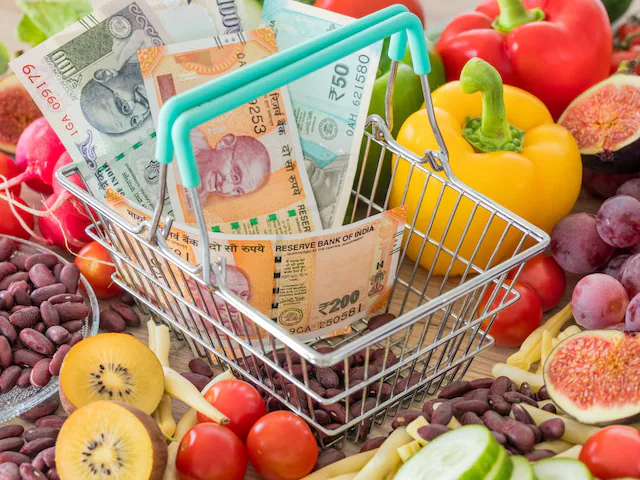
Up to July 2024, economists believe a positive base effect will help control inflation concerns. RajSinha of CareEdge forecasts 4.8% average inflation for FY25, pointing to possible RBI rate reductions if food prices level out.
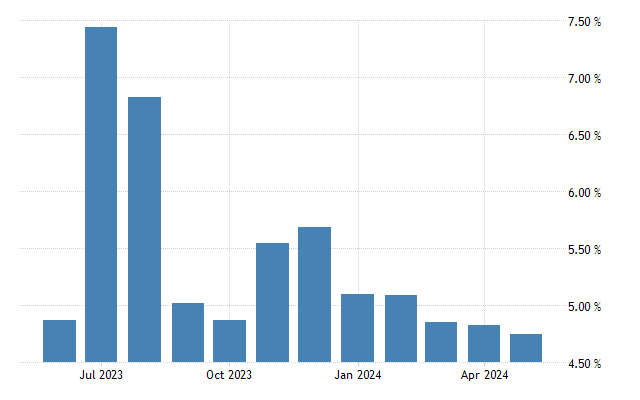
While some analysts, such as VK Vijayakumar of Geojit Financial Services, draw attention to the favorable effects on the stock market, others stress the necessity of a strong monsoon for additional relaxation.
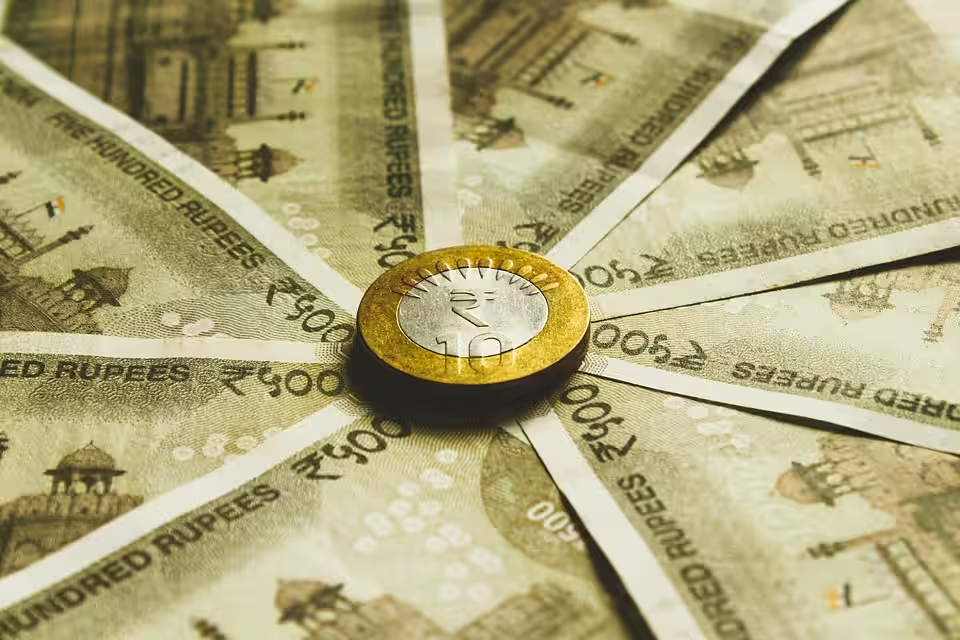
With favorable rainfall distribution, CRISIL's Dipti Deshpande projects an average inflation of 4.5% for the current financial year. Experts warn that the battle against inflation—especially about food prices—is far from over, even because of the moderation.
Stay tuned for updates!
Inputs: Agencies
Image Source: Multiple agencies
© Copyright 2024. All Rights Reserved Powered by Vygr Media.

